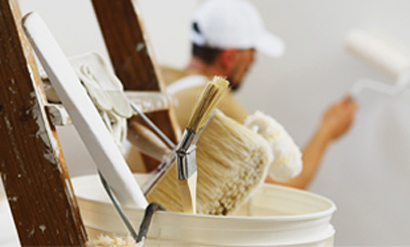Ladders & Lifts
Ladder Safety & How It Affects Everyone
approx. 22K
Ladder injuries in 2020**
6-10 FT.
The most common ladder falls happen between 6 and 10 feet off the ground
$6B
$6 billion is spent on workplace falls from working at heights*
TOP 3
Falls are the 3rd most common cause for disabling workplace injury*
#3
Ladders are #3 on OSHA’s Top 10 Most Cited Violations list.***
Remember the Basics of Ladder Safety
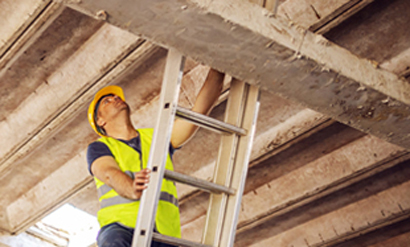
Length
A ladder is deemed unsafe when it is too long or too short for the job at hand. Whether it’s a Rolling platform ladder or a step ladder for climbing - make sure the length is sufficient enough to avoid standing on the top rung or step of the ladder.
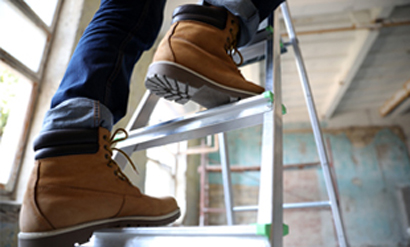
Capacity
Pay close attention to the ladder’s Duty Rating ― it should exceed the total weight of the climber, plus any tools, supplies, and objects placed upon its rungs or steps. Ignoring this rule can turn any safety ladder into a ladder accident.
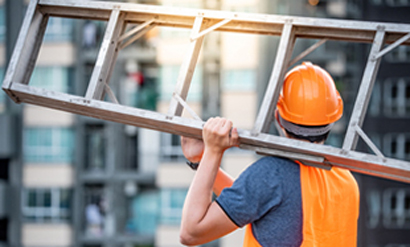
Style
There are many types of ladders. Step ladders have a self-supporting, hinged design that’s ideal for small projects at fixed heights. Straight & Extension ladders are adjustable and require a stable structure of support to lean on.
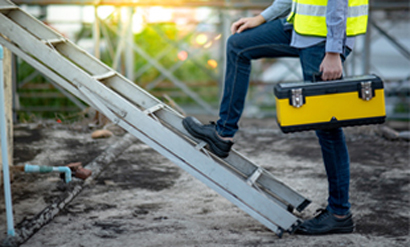
Environment
A rocky or unstable ladder spells trouble. Make sure it is placed on firm, level ground, without any obstructions or slippery surfaces near or around the base of the ladder. Wear slip-resistant shoes with heavy soles for added traction and support.

Points of Contact
Climbing up or down a ladder is safest when utilizing three points of contact. This means facing the ladder and having two hands and one foot, or two feet and one hand, in contact with the ladder’s steps, rungs, and/or side rails at all times. This ladder safety tip can help reduce the risk of slips and falls.
